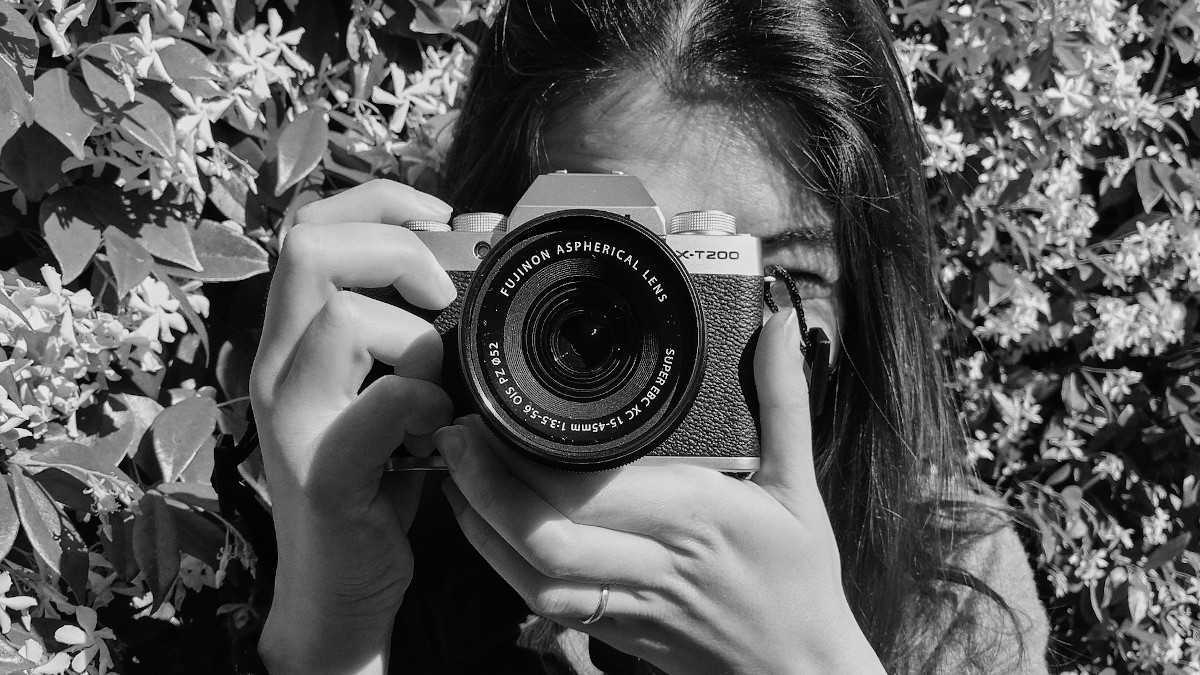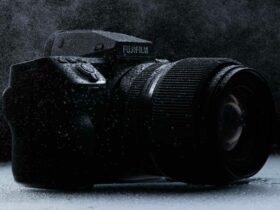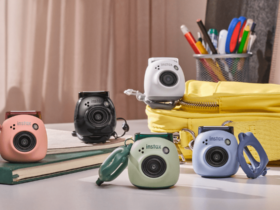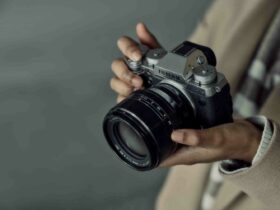We have been waiting for it with great curiosity since its announcement, and we finally got to try it. The new Fujifilm X-T200 is the protagonist of our review. Ready to discover it with us?
Testing a camera in quarantine is a very special experience. Out of the daily routine, often limited to a small space, we inevitably find ourselves stimulated to reinvent ourselves, to let the imagination travel to capture some shots even where we never thought we could get them. For me, the first weeks of reviewing the Fujifilm X-T200 were a bit like this: a rediscovery of the charm of seizing the moment, of finding details that, most likely, would have been lost in the daily routine.
A walk in the garden to breathe some air, a slightly longer walk to reach the nearest supermarket. They have all become occasions to rediscover the beauty of relying on a camera, of letting it tell the story. And to do it through the little things that, in that moment and in that place, were just the right ones. Even when the first businesses began to reopen and I was forced to return to the city center for work, the Fujifilm X-T200 has become a window from which to look at my world in different colors and shades.
Armed with a faithful kit lens, the Fujinon XC15-45mm f3.5-5.6 OIS, and a beautiful Fujinon XF 23mm F2 R WR, I walked around the semi-deserted streets of Pisa looking at my world from a completely new perspective. And the experience would never have been the same if I hadn’t been carrying this incredible camera.
But let me tell you more about how these three weeks were in the company of the Fujifilm X-T200.
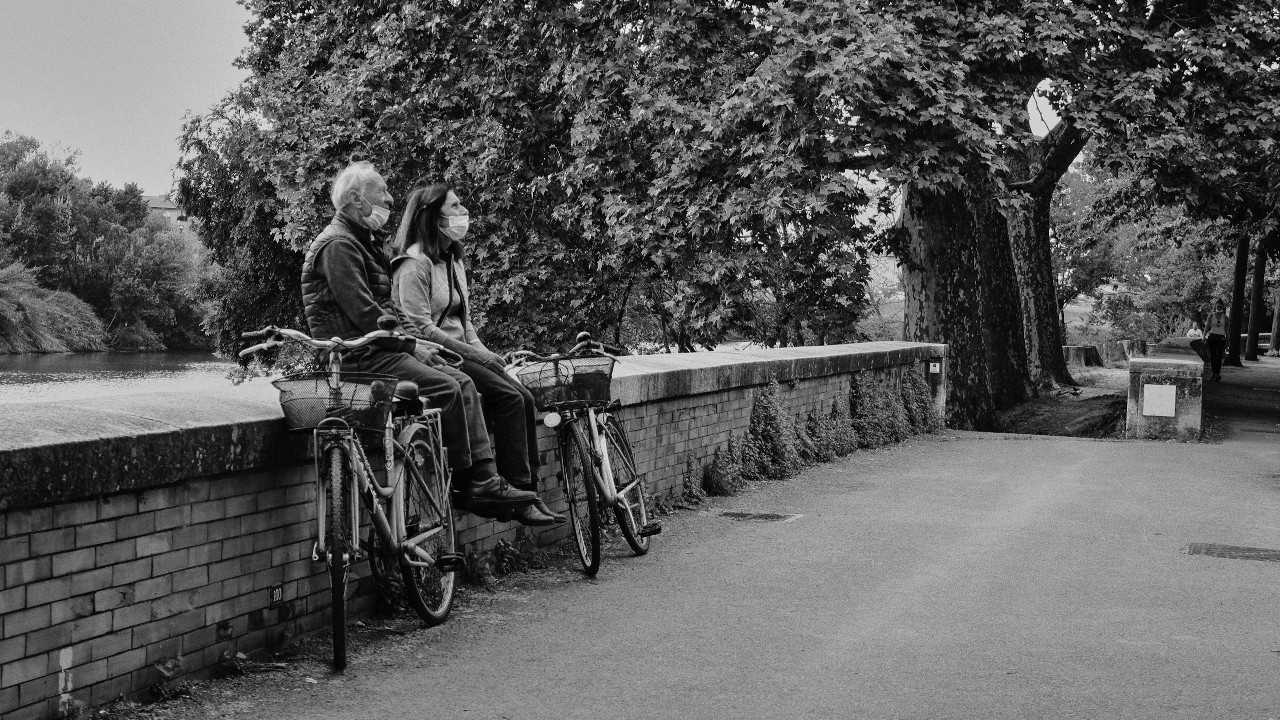
Technical specifications | Fujifilm X-T200 review
- Sensor: 24.2 Mp, 23.5mm x 15.7mm (APS-C) CMOS with primary color filter
- ISO sensitivity: Standard ISO200-12800 (1/3 step); Extended ISO100 / ISO25600 / ISO51200
- Exposure compensation: -5.0EV – +5.0EV, 1/3EV step (movie recording : -2.0EV – +2.0EV)
- LCD Monitor: touchscreen 3.5inch, aspect ratio 16:9, approx. 2,760K-dot vari-angle type, TFT color LCD monitor
- Viewfinder: 0.39-in., Approx. 2,360K-dot OLED color viewfinder, Coverage of viewing area vs. capturing area : Approx. 100%
- Storage medium: SD Card (-2GB) / SDHC Card (-32GB) / SDXC Card (-256GB) UHS-I *2
- 4K video: (3840 x 2160): 29.97P / 25P / 24P / 23.98P Continuous recording up to 15 min.
- Battery life: Standard: Approx. 270 frames; Economy: Approx. 450 frames
- Dimensions:121.0(W) mm x 83.7 (H) mm x 55.1(D) mm / 4.8 in.(W) x 3.3 in. (H) x 2.2 in. (D)
- Weight: 370g including battery and card
- Price: 791 € body only
The camera body | Fujifilm X-T200 review
The first thing that struck me about the new Fujifilm X-T200 is the camera body. Very light, not even 400gr including battery and SD card, it is compact and at the same time equipped with excellent ergonomics. Conveniently shaped, it has an easy grip and perfectly accessible external adjustment rings even for those who, like myself, have the curse of having very small hands. On the upper part of the body we find the ring for the times and a ring for the apertures in case you use optics not equipped with external adjustment. Dial for shooting mode, shutter button, power on and start recording complete the right side of the camera; while on the left, another external ring allows you to change the film simulation quickly and very conveniently.
To amaze most of all of this Fujifilm X-T200, however, is the LCD screen, a clear sign of Fujifilm’s choice for this amateur model. The X-T200 is in fact equipped with a 3.5-inch OLED LCD monitor with adjustable touchscreen, which allows both bottom and top shots and selfies or selfies. With 2,760K-dot search resolution, it offers unmatched definition and brightness, made even more pleasing by its almost unique size. The touchscreen is also precise and responsive and allows fast shooting and focusing even directly from the monitor. A comfortable and pleasant way to move from mobile to camera, which makes this X-T200 one of the best alternatives for those who want to enter the world of mirrorless for the first time.
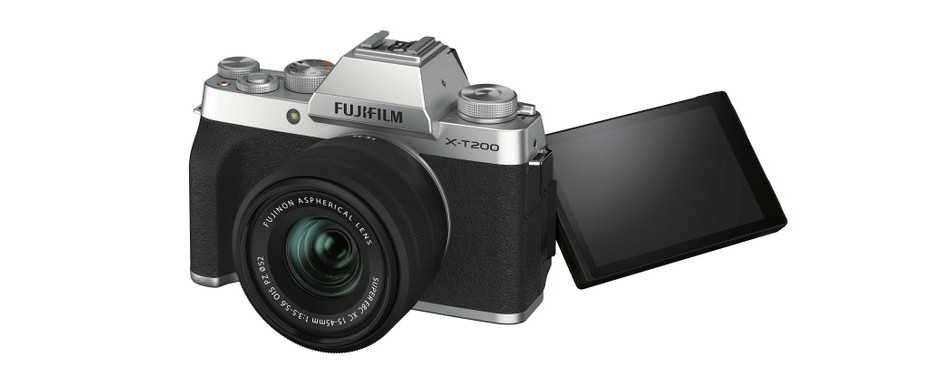
The 2360-point viewfinder is another valuable feature of this machine. Ultra-defined and bright, it allows (like the monitor) to view the direct preview of the exposure and white balance; as well as the shot just taken and the main parameters adjustment menu. Switching from touchscreen monitor to viewfinder is facilitated by a proximity sensor that turns the monitor off when using the viewfinder.
Connectivity and storage
The Fujifilm X-T200 is equipped with a Wireless transmitter and Bluetooth 4.2 and can interface with the smartphone through the Fujifilm Camera Remote app for quick uploading of shots to social networks. The body also features a USB Type C 3.1 input, a micro HDMI output and the ⌀3.5 mm 3-pole mini jack connector for microphone and remote control. Like many other mirrorless cameras in this range, it does not have a dual SD card slot; furthermore, the slot is located on the bottom, in the battery compartment, and becomes difficult to access when mounting the camera on the tripod.
Usage impressions | Fujifilm X-T200 review
In search of the perfect shot
As I told you, the new Fujifilm X-T200 kept me company for several weeks of this quarantine. Having the chance to vent pent-up creativity through her was therefore one of the greatest fortunes I could aspire to.. In the first days, stuck in the house, I had in fact to set in motion all my imagination; and thus began the hunt for the shot that could show me the potential of the machine and at the same time could give freedom to my retained inspiration.
And it is precisely here that the first spark is triggered. The ability of the X-T200 to return bright and vibrant shots already from the screen, the reactivity and ultra-lightness have pushed me to take it with me in search ofthe most compelling details; that’s how I found these little signs of life that continued to flow smoothly despite everything we were experiencing.
What amazed me most of all, while I was shooting around the garden, was its reactivity. In selfie mode or in normal shooting, the Fujifilm X-T200 responds promptly and gives a lot of satisfaction. The autofocus is fast and shows signs of hesitation only if subjected to very stressful conditions (fast passage between nearby elements but on different planes, not ideal light, etc.). The transition between viewfinder and monitor is also pleasant; the only thing that is not entirely convincing is the access to the quick menu from the viewfinder, which at times proves inconvenient and leads to resorting to the monitor for more complex adjustments of sensitivity and dynamic range.
But except for this detail, the shooting experience was unique and pushed me to return afternoon after afternoon, looking for the perfect shot to tell what I was experiencing.
Crystallize the moment
The real shooting experience came later, however, when phase two allowed the slow resumption of the routine and the work pushed me to leave the house again. Observing an almost deserted Pisa with the eyes of the Fujifilm X-T200 was almost magical; and I often found myself pausing on a bridge or in the center of a square to stop that almost alien moment and keep it for the future.
Again, the machine turned out to be the best of all possible allies. Worn over the shoulder without almost feeling its presence, I was able to shoot unnoticed and crystallize moments that, it is to be hoped, we may never see again. The film simulation in the external ring was very useful to give that touch of taste to the shot, and to see directly in the viewfinder what would have turned out in a light room. This is why I have chosen to share with you some shots directly in the jpeg of the room, to allow you to appreciate the definition that the Fujifilm X-T200 was able to give me.
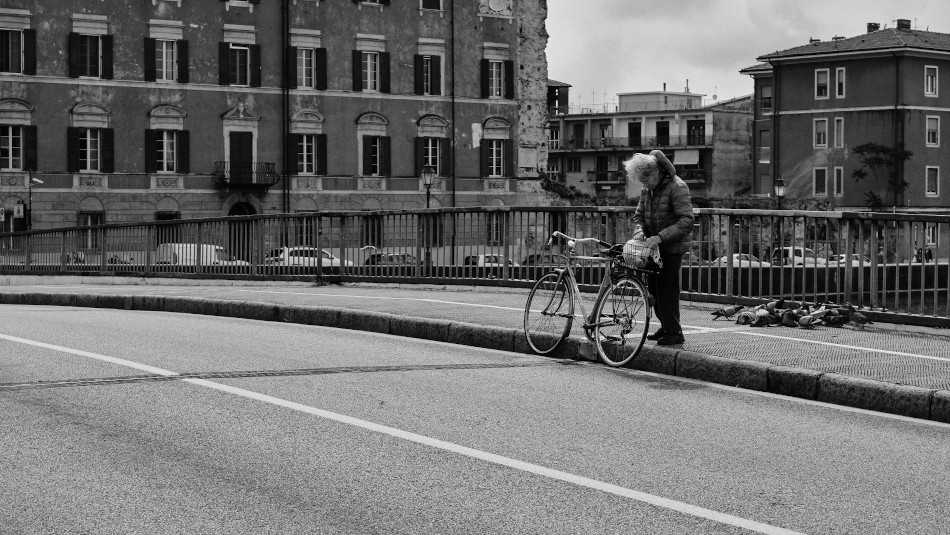
Unleash creativity
Had I also been a decent videomaker, I could have shown you the city through the splendid 4K that this machine returns. But unfortunately I still miss that aspect, and so I had to rely on the shots to make this still motionless, sleepy yet beautiful Pisa alive and vibrant. During the weeks that the Fujifilm X-T200 has kept me company, a wonderful synergy has been created between us. Whether I was cycling or walking through the streets, it almost seemed to invite me to stop the step to capture the moment; and I have often totally relied on her, setting the machine to the automatic function to give her full decision-making power.
The result has never disappointed me, and this is because, however small and entry-level, this machine has a fantastic ability to interpret light. Precise, silent and reliable, it has always returned the exact image that came to my mind. Discovering its potential and exploiting every automation implemented was therefore a fun pastime, as well as a way to get to know it and all its features better.
Precision and perfect performance
It hadn’t happened to me for a long time to get so attached to a camera. There was also an affinity with the Fujifilm X-Pro3, sure, but the same incredible synergy had not developed. Perhaps because this Fujifilm X-T200 came at a delicate time, when shooting had become a form of extreme expression and freedom. Or maybe because, for an apprentice and small (at least in size) photographer like myself, having such a light, comfortable and at the same time performing camera in your hands was the best possible choice.
Whatever the reason, the Fujifilm X-T200 has never let me down even once. There were no times when I wished I had another car in my hands, nor days when I deliberately chose not to take it with me. Over the shoulder or inside the bag, she accompanied me on every outing and even to work.
Being able to shoot instinctively, completely relying on the camera, was the best possible choice at the moment. Being able to obtain a jpeg with an excellent yield, already so rich in colors, already so alive, allowed me to rediscover all the charm of photographing for the simple desire to keep the memory. And to be able to review it later to remember what it was.
Look through the right lens
In these weeks of using the Fujifilm X-T200 I found myself changing lenses very often. There were situations and moods that seemed to need to be expressed through the Fujinon XF 23mm F2 R WR; and others where the kit lens, the Fujinon XC15-45mm f3.5-5.6 OIS was the right lens from which to observe the world. The truth is that I found myself using the two lenses in an almost parallel way. The brightness and sharpness of the 23mm has proved invaluable on many occasions, sure. But it combined perfectly with the versatility and lightness of the 15-45mm, elements that prompted me to turn to this lens in more situations than I would have thought possible.
As you can also see from the shots, the two lenses proved to be flawless in every situation. And even if the kit lens has perhaps suffered from some more pronounced defects (among all a very slight aberration …







